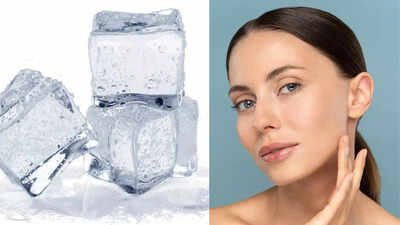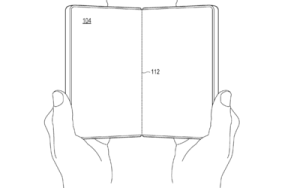Facial icing, or cryotherapy, has surged in popularity across social media, touted for its potential therapeutic and aesthetic benefits. Proponents claim it can alleviate acne, reduce swollen eyes, and address various skin concerns. While cold therapy is a recognized treatment for injuries and pain management, scientific evidence supporting its efficacy for facial skin remains limited.

Despite the lack of conclusive scientific backing, many individuals believe in the positive effects of facial icing, fueling its rise as a popular beauty trend. However, further research is necessary to validate its purported benefits for the skin.
According to experts, there are two common methods for applying ice to the face:
Regardless of the chosen method, gently massage your face in slow, circular motions for approximately 1 to 2 minutes. Exercise caution to avoid prolonged direct contact of ice with your skin, as extended exposure can cause irritation. This circular massage can be performed once daily, focusing on areas such as:
Prior to incorporating ice facials into your skincare routine, it is advisable to seek personalized guidance from a healthcare or skincare professional. Here are some useful tips to consider:
Remember to change the ice and wrapping frequently to prevent the spread of bacteria. Icing should be considered a supplement to, not a replacement for, your regular skincare routine.
The growing popularity of ice facials can be attributed to several factors:
Improper or prolonged use of facial icing can lead to adverse effects, including:
Individuals with specific health conditions, such as diabetes or Raynaud's syndrome, should exercise caution or consult a healthcare professional before attempting facial icing, as it may exacerbate existing sensitivities or nerve-related issues.
Facial icing offers several potential benefits:
While these potential benefits are promising, further research is needed to definitively confirm the effects of facial icing on puffiness and acne.
Disclaimer: The information provided in this article is for general knowledge and informational purposes only, and does not constitute medical advice. It is essential to consult with a qualified healthcare professional or dermatologist for any health concerns or before making any decisions related to your health or treatment.
Newer articles
Older articles
 Vitamin D Could Slash Tooth Decay Risk by 50%, Study Suggests
Vitamin D Could Slash Tooth Decay Risk by 50%, Study Suggests
 Indian Cricket Star Mukesh Kumar and Wife Divya Singh Announce Birth of Son
Indian Cricket Star Mukesh Kumar and Wife Divya Singh Announce Birth of Son
 Shubman Gill's Captaincy Under Fire: Bold Calls Needed After England Test Defeat
Shubman Gill's Captaincy Under Fire: Bold Calls Needed After England Test Defeat
 Microsoft Aims for Foldable Redemption with Novel Hinge Design to Rival iPhone and Android
Microsoft Aims for Foldable Redemption with Novel Hinge Design to Rival iPhone and Android
 Popular Finance YouTuber's Account Hacked, Bitcoin Scam Promoted: Security Lessons Learned
Popular Finance YouTuber's Account Hacked, Bitcoin Scam Promoted: Security Lessons Learned
 Hollywood's Love Affair with India: Iconic Film Locations Revealed
Hollywood's Love Affair with India: Iconic Film Locations Revealed
 Esha Gupta Breaks Silence on Hardik Pandya Romance Rumors: 'We Were Just Talking'
Esha Gupta Breaks Silence on Hardik Pandya Romance Rumors: 'We Were Just Talking'
 Rishabh Pant Aims to Surpass Virat Kohli in Test Century Tally During England Series
Rishabh Pant Aims to Surpass Virat Kohli in Test Century Tally During England Series
 Prithvi Shaw Credits Sachin Tendulkar's Guidance for Career Revival After Setbacks
Prithvi Shaw Credits Sachin Tendulkar's Guidance for Career Revival After Setbacks
 Ashada Gupt Navratri 2025: Unveiling Dates, Timings, Significance & Secret Rituals
Ashada Gupt Navratri 2025: Unveiling Dates, Timings, Significance & Secret Rituals